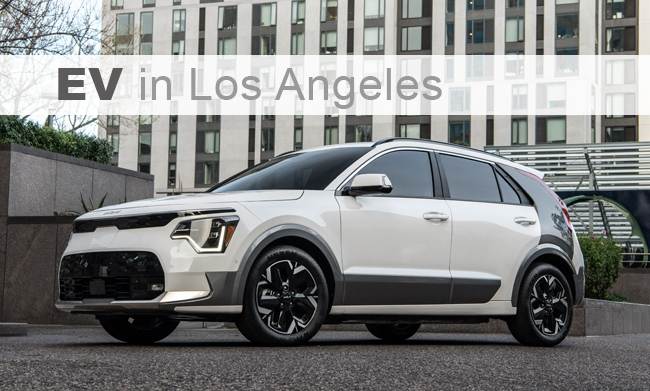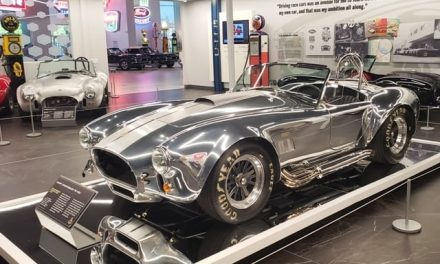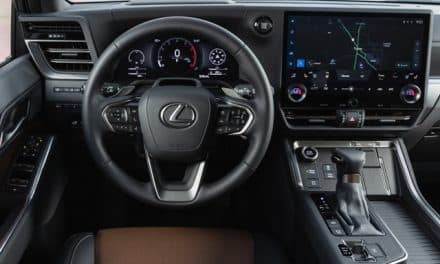The importance of EV in Los Angeles
One of the main reasons for transitioning to electric vehicles (EVs) in Los Angeles is their potential to significantly reduce harmful emissions. In urban areas with high population density, such as Los Angeles, electric cars offer the benefits of reducing emissions. Cities plagued by high levels of air pollution, like Mexico City and Shanghai, China, have seen direct health impacts on residents, including respiratory and cardiovascular problems.
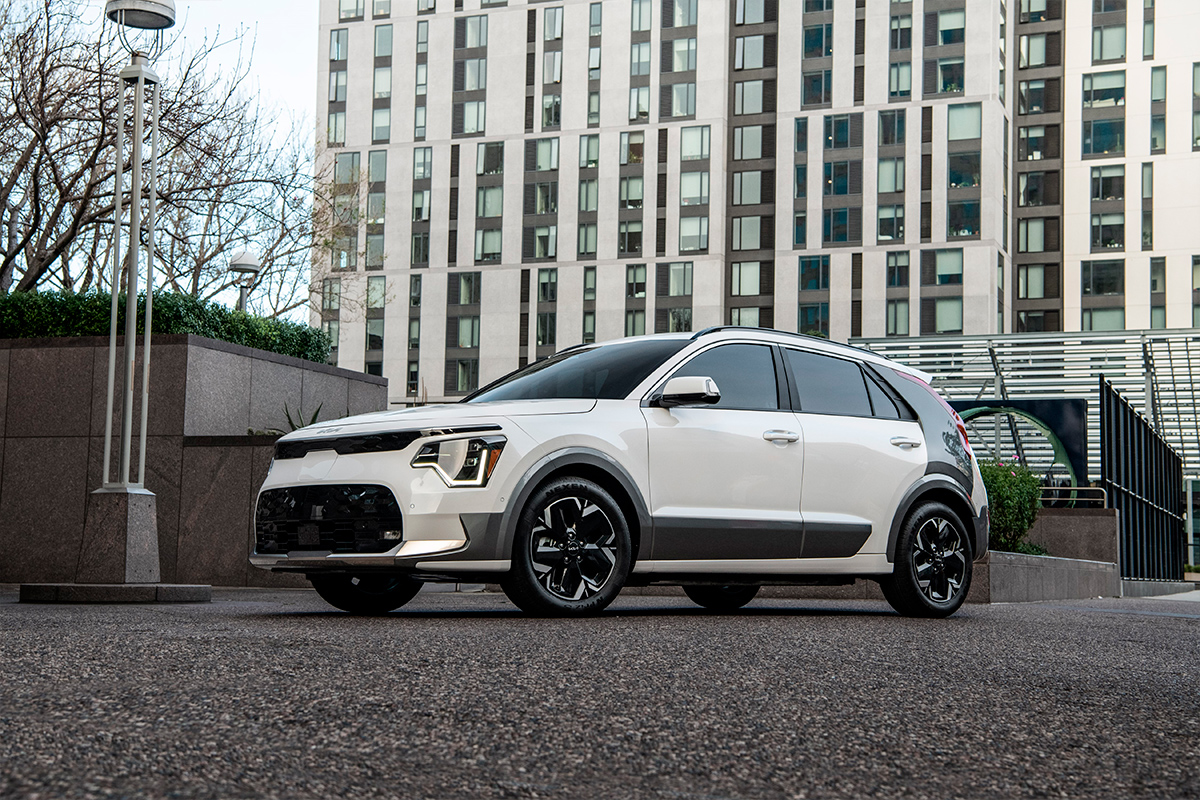
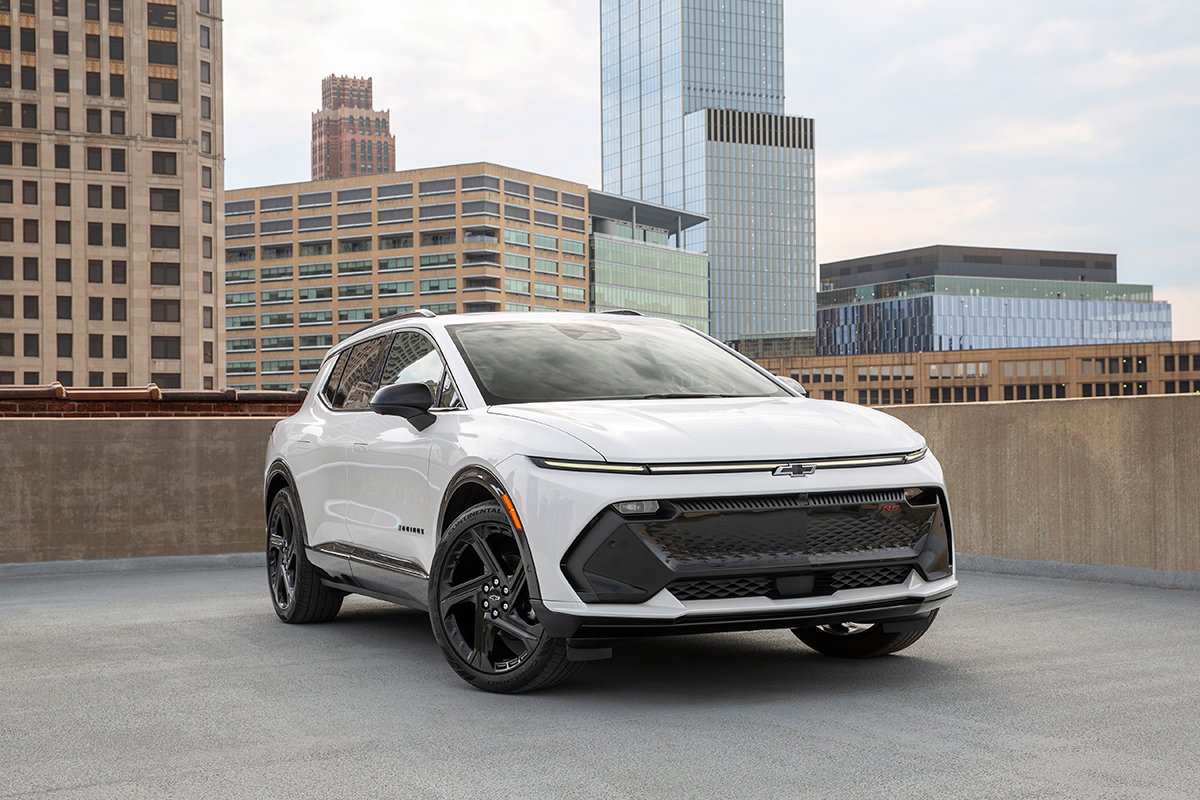
By adopting EVs, cities like Los Angeles can make a substantial improvement in air quality and reduce the overall carbon footprint of transportation. This change is especially crucial in megacities, where vehicle traffic contributes significantly to smog and poor air quality.
China’s rapid and extensive adoption of electric vehicles serves as a compelling case study for the global community. By mid-2024, half of all vehicle sales in China were electric or plug-in hybrid, marking a significant milestone in the global effort to reduce dependence on fossil fuels. This shift, largely driven by China’s leadership in the EV market, has not only accelerated the development of cleaner technology but also made a substantial contribution to reducing global emissions. The Chinese government’s support for EV adoption, including subsidies, investment in infrastructure, and strict emissions regulations, has been a key factor in this success. Crucially, China’s strategy has focused on making EVs affordable, enabling more people to experience their benefits.
Today, all car manufacturers in our state offer an EV option. The most crucial factor to consider is the battery. A longer range means fewer stops for charging, but the fact is that city cars seldom travel more than 50-75 miles a day. Before you consider purchasing an EV car, you must ensure you have a viable charging plan. You must be able to install a Level 2 (220Volts) charger at home. Thus, you maximize the utility of an EV vehicle. You connect the car overnight, like you do with your phone or laptop, and you are ready to go in the morning. There are public (free) and private charging facilities (for a fee) that can help you in particular situations. But with a home charging system, you can avoid inconveniences like the charger not working, long waiting lines, or even expensive fast charger fees. The charging time required to boost your car batteries will depend on the built-in charger on the automobile. The higher the kW/hr rating, the faster the car charges. Different manufacturers use different systems ranging from 10 kW/hr to 400 kW/hr. This faster built-in charger allows cars to charge from 20% to 80% in about 15 min.


The popularity of electric vehicles has led to a wide variety of options on the market. There are some powerful vehicles and others with almost 500 miles of range. However, if the goal is to minimize emissions and conserve energy, here is a list of the top 10 EVs currently popular in California. Listed by price range:
– Nissan Leaf – 40 kWh battery; Max DC charging rate 50-kW; range of 150 miles; $29,900.
– Fiat 500e – 40-kWh battery; Max DC charging rate 85-kW; range of 140 miles; $32,900.
– Hyundai Kona – 48-kWh battery; Max DC charging rate 110-kW; range of 260 miles; $33,900.
– Chevrolet Equinox EV – 85 kWh battery; Max DC charging rate 150-kW; range of 260 miles; $35,950 (LT)
– Ford Mustang Mach-E – 70 kWh battery; Max DC charging rate 70-kW; range of 250 miles; $39,900.
– Kia Niro – 64.8 kWh battery; Max DC charging rate 350-kW; range of 255 miles; $39,900.
– Tesla Model 3 – 80 kWh battery; Max DC charging rate 170-kW; range of 353 miles; $40,690.
– Volkswagen ID.4 – 58-kWh battery; Max DC charging rate 110-kW; range of 275 miles; $41,900.
– Hyundai Ioniq 5/6 – 84 kWh battery; Max DC charging rate 350-kW; range of 300 miles; $42,900.
– Kia EV6 – 84-kWh battery; Max DC charging rate 350-kW; range of 300 miles; $43,900.
All these vehicles come equipped with a range of internal chargers, typically either Type 1 (SAE J1772) or Type 2 (CCS) connectors, making them compatible with most public charging stations. Their diverse range and technological advancements make them suitable for different types of users. Some adopt a lot of new tech, while others are efficient commuters for the city. It is important to note that the energy needed is not free; your monthly electrical bill will go up according to how much you charge your car.
As the technology on wheels continues to evolve and infrastructure expands throughout the country, the transition to electric vehicles will become even more attractive. Remember that these EV vehicles were created to manage pollution and the better use of energy. They require a state of mind that includes the welfare of all and improving the environmental surroundings of our city. The EV cars offer less pollution in the form of reduced sound and no harmfull breathing gases.

